Logo trends are critical in the always-changing and evolving world of design and they are definitely one of the most important elements in building a brand’s identity. Logos go far beyond being just an interesting image or a symbol; they represent a company and its values and essence.
The latest logo design trends prove that creativity and innovation have been crucial in transforming branding during the last few years. Next, we’ll analyze the most critical logo design trends that impacted the audience in 2025.
Minimalism is a well-known design concept that has played a crucial role in branding. However, during the last few years this concept has gone even further, becoming more ingenious and creative. Nowadays minimalistic logos feature subtle and playful elements to stand out. That’s how designers now creatively use negative space, integrate hidden shapes and even send depth and powerful messages using just a few elements.
That way, a minimalist logo might feature elements like clean lines and bold typography and small details like a hidden arrow. This new approach effectively fuses simplicity with creativity to attract modern audiences and is ideal for tech and lifestyle brands that aim to give a clear and innovative image.
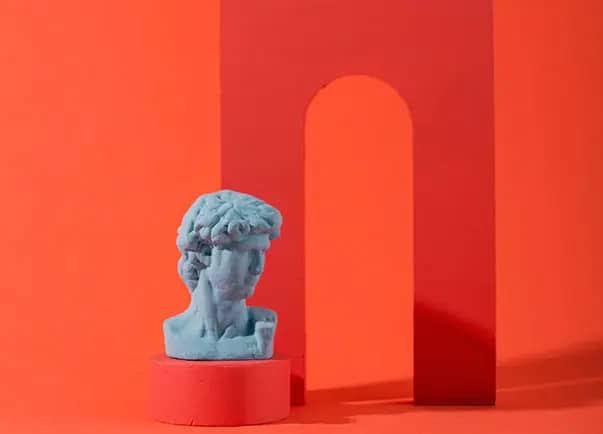
Old trends have made a stunning comeback in the last few years and now designers are taking inspiration from 1970s, 1980s and 1990s designs to create retro-inspired logos featuring vivid colors, retro typography, and a playful and funny vibe that impacts both older and younger audiences.
This style is ideal for brands that aim to inspire a nostalgic feeling taking advantage of people’s emotional connection with the past. The most common elements used in this type of design are gradients reminiscent of VHS tapes, bubbly lettering, or pixelated elements that evoke early digital graphics.
Since digital platforms appeared on the technological horizon, logos evolved from static images to dynamic and adaptive concepts. Now, logos can change form, color, or components according to the context and the same logo might have different versions depending on the space or context where it appears.
This trend has emerged as a response to the increasing need for flexibility in branding, especially for companies with different touchpoints. While changing according to the context, these logos maintain fixed core visual elements effectively fusing consistency with creativity.
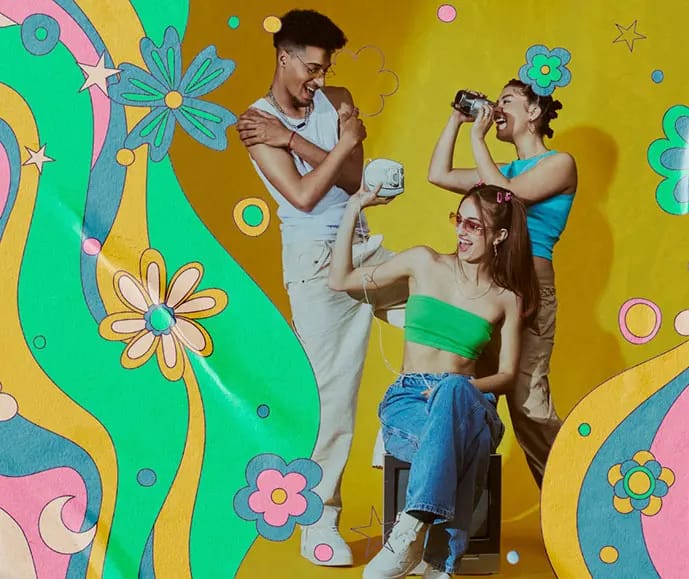
In the last few years, and because of the advancements in digital rendering tools, 3D logos have returned, even displacing the flat designs that were the most popular trend during the 2010s. This concept features gradients, shadows, and textures in addition to making the picture pop off the screen creating a feeling of depth and dimension in the viewer.
This trend has become the favorite of tech companies, gaming brands, and industries where digital interaction is essential. These technological resources allow designers to create logos that feel tactile and more real by using vibrant gradients and realistic effects.
Due to the increasing presence of technology in daily life, hand-drawn and imperfect logo styles are highly appreciated for their human component. These designs feature elements such as rough edges, irregular shapes, and natural lines, fusing creativity with authenticity.
This trend is ideal for artisanal brands, small businesses, and creative industries since it exalts individuality and organic creations. Imperfect and informal aesthetic feels natural and approachable, effectively complementing the perfection of digital designs.
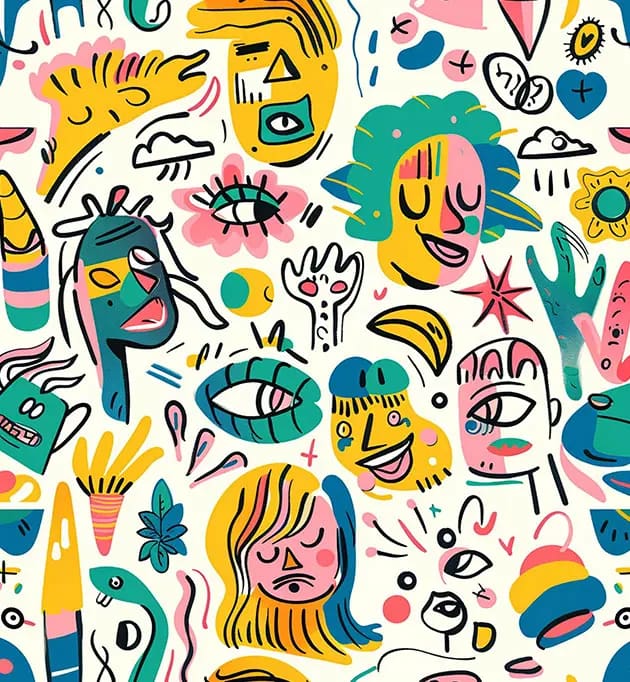
Geometric shapes are not something new in logo design, but their use has significantly increased during 2025. Far from creating sophisticated designs with digital tools, designers combine the basic shapes we all know – circles, triangles, and squares – in ingenious and clever designs to create impacting logos, that are easy to remember and recognize.
Because of its simple and clean designs, this trend has become the favorite of industries like finance, technology, and architecture that aim to project a professional image that reflects precision and stability. Using geometric shapes designers create modern but timeless and unforgettable logos.
This trend has become particularly popular in logo design mainly because, day by day, more brands opt for its characteristic lettermarks and wordmarks. It features bold, oversized letters and experimental typefaces to create striking and memorable logos.
Some designers deconstruct typography and use fragmented letters or strange visual elements to give their logos an abstract vibe. Because of its bold and transgressor principles, this trend has become very popular among fashion brands and creative agencies that aim to project a modern but also impacting image.
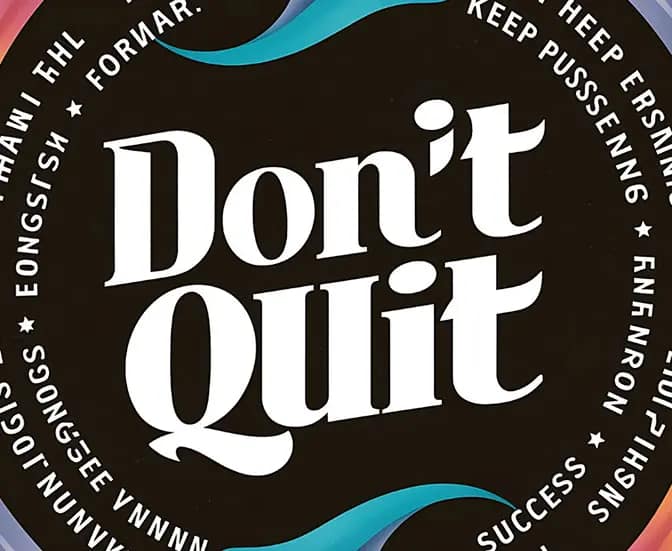
Sustainability has become a primary concern for many brands, so eco-inspired designs have gained a major space among the most popular trends. These designs feature natural elements like leaves, trees, flowers and water as well as an earthy color palette that immediately refers viewers to ecology and nature.
This trend is now very popular for brands in industries like organic food, renewable energy, and sustainable fashion. By using these eco-friendly designs, companies show their commitment to sustainability and support for planet conservation.
This is a very bold trend that proposes breaking traditional design structures, using asymmetry, and using broken grid layouts. It rejects the traditional principles of balance and symmetry and creates dynamic and unconventional designs.
This transgressor concept is ideal for brands that aim to stand out and project a forward-thinking image. Due to its bold and unconventional approach, these logos are eye-catching and convey a strong sense of individuality.
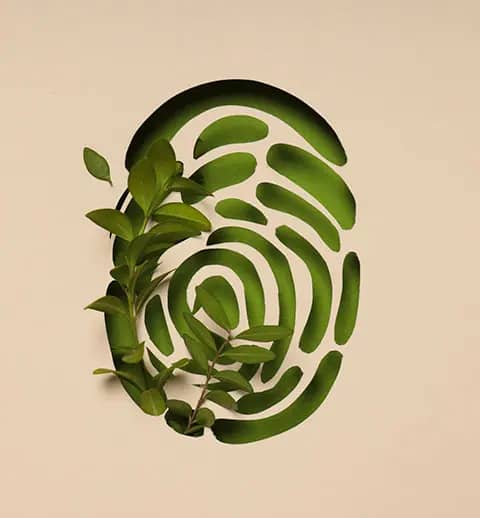
Logos that use vibrant colors and combine multiple tones in the same design are very popular, but monochromatic palettes have also been standing out in the logo design scene due to their elegance and sophistication. These designs use a single color or sometimes two for a contrasting shade, obtaining a bold and unconventional effect.
This trend is ideal for industries like luxury goods and technology because of its simplicity. Using a single color makes the logo versatile and increases its visual impact.
Digital tools and resources have also influenced and even transformed the design world, and animation has become a key feature of logo design. Animated logos are incredibly eye-catching and encompass many options, from simple transitions to complex animations.
This trend is particularly useful for brands with a strong presence in digital platforms including media companies and e-commerce platforms, since animated logos enrich users’ experience in websites and social media.
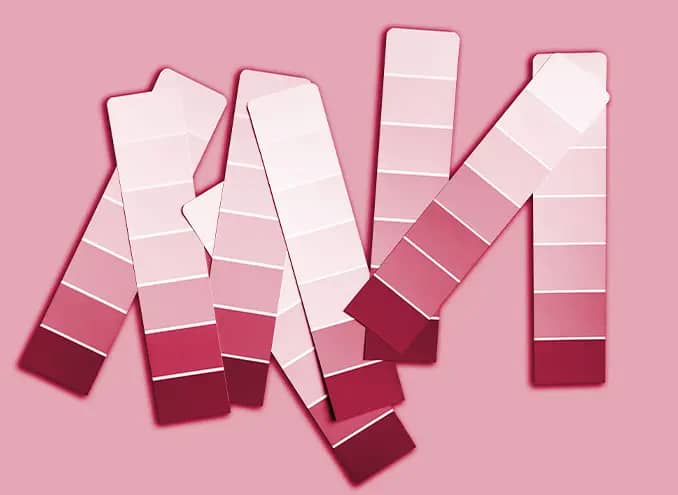
Another interesting trend that has gained popularity is incorporating cultural and regional elements into logos. Many designers are taking inspiration from local traditions like indigenous art to create logos that impact specific audiences.
This approach is ideal for brands that celebrate their heritage or aim to connect with a specific community. Logos that integrate cultural influences and autochthonous elements convey a richer and more powerful message to the viewer.
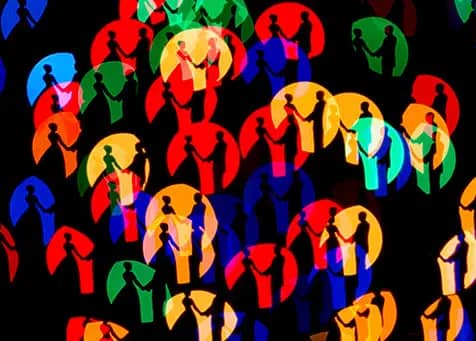
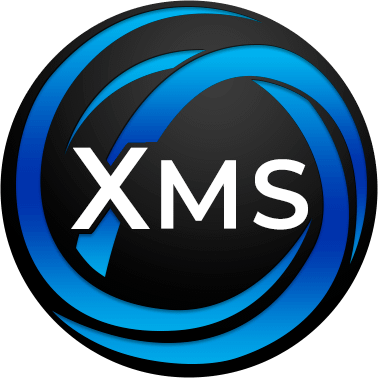
The cornerstone of every 2025 logo design trend is balance between apparently antagonistic elements like simplicity and depth or tradition with innovation, always exalting creativity and authenticity.
While brands keep fighting to stand out in a market that day by day gets more competitive, these trends become powerful resources to reinforce their presence, not only in the market, but also, and even more importantly, in the consumer’s mind.
Knowing all these trends is critical for designers to remain updated and create eye-catching designs that, in addition, convey a powerful sensation and, moreover, the brand’s message.